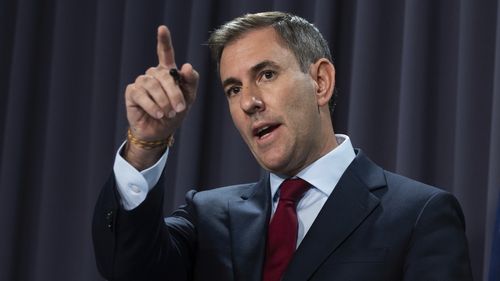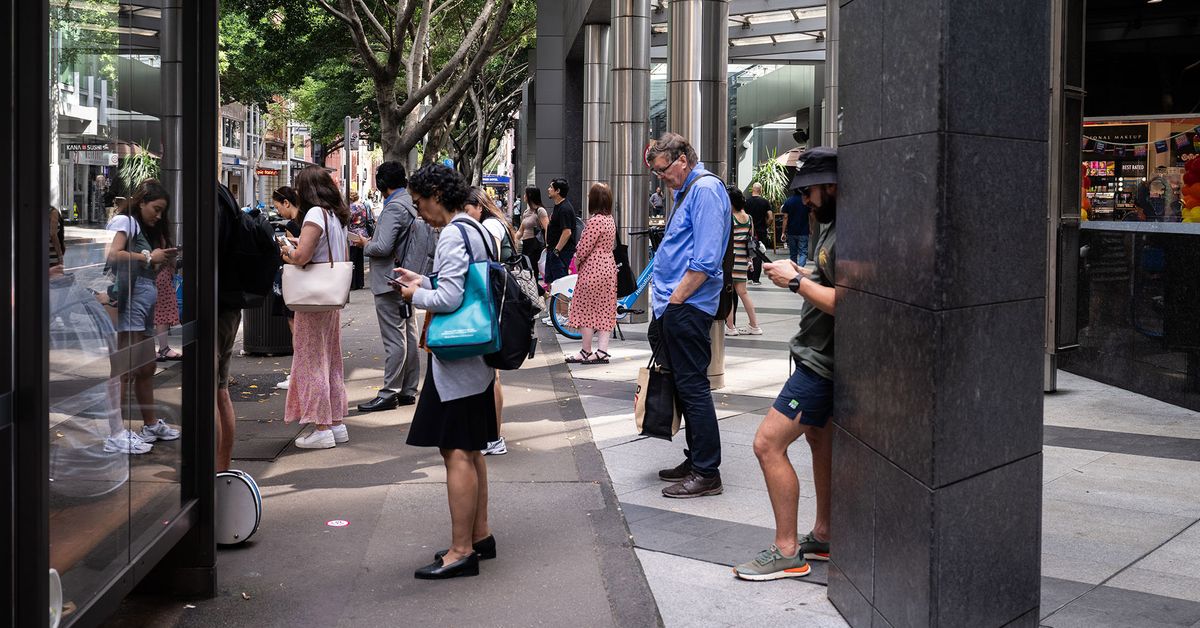The minimum wage will increase by 3.75 per cent on July 1, up from $23.23 an hour to $24.10.
For someone working a full-time week of 38 hours, that equates to an extra $33 per week, although as the FWC noted, the majority of minimum wage workers will receive less than that.
“Employees who rely on modern award minimum wage rates and are therefore directly affected by our decision are significantly different to the workforce as a whole,” it wrote.
“They mostly work part-time hours, are predominantly women, and almost half are casual employees. They are also much more likely to be low-paid.”
While the boost will be welcomed by many workers, small businesses have hit out at the decision.
“The levy has broken for many small businesses with rising energy, rent, insurance and borrowing costs,” Council of Small Business Organisations Australia chief executive Luke Achterstraat said.
“This increase of 3.75 per cent to wage costs when annual productivity is at 1.2 per cent does not add up or bode well for jobs…
“A $50 increase in wages means a $59 increase in total costs for small businesses. Owners will be forced to pass on these costs which means higher prices and inflation.
“And where they are unable to do so, they face the insidious decision of reassessing staff levels and possible job losses.”

The federal government, though, has welcomed the boost for workers.
“This is the real wage increase that low-paid workers need and deserve,” Treasurer Jim Chalmers said in question time.
“This is a win for 2.6 million workers and their loved ones.
“This means workers on the minimum wage get an extra $33.10 a week and $713 more a year. This means more money in the pockets of low-income workers and more help with the cost of living.”
The FWC said the cost-of-living wages facing households was its primary consideration in making that decision, and that the increase was consistent with forecasts of inflation returning to target next year.
“Modern award minimum wages remain, in real terms, lower than they were five years ago, notwithstanding last year’s increase of 5.75 per cent, and employee households reliant on award wages are undergoing financial stress as a result,” the commission wrote.
“This has militated against this review resulting in any further reduction in real award wage rates. At the same time, we consider that it is not appropriate at this time to increase award wages by any amount significantly above the inflation rate…
“The increase of 3.75 per cent which we have determined is broadly in line with forecast wages growth across the economy in 2024 and will make only a modest contribution to the total amount of wages growth in 2024.
“We consider therefore that this increase is consistent with the forecast return of the inflation rate to below 3 per cent in 2025.”
It said the upcoming stage 3 tax cuts, which also begin on July 1, and other cost-of-living measures announced in the federal budget had been considered in its decision.
The peak body for community services, the Australian Council of Social Service, welcomed the wage increase but called for more to be done to address surging living costs.
“The Fair Work Commission’s decision today is a positive step towards improving the lives of low-paid workers as living costs continue to rise,” CEO Cassandra Goldie said.
“But the government needs to do more to tackle the causes of inflation and to lift income supports to help people with the least.
“We know that 38 per cent of people in households in poverty rely on wages as their main source of income. In addition to lifting their incomes, our government needs to address the drivers of inflation, including skyrocketing rents and persistently high energy costs.
“It must also support people on the lowest incomes by lifting the shamefully low rate of Jobseeker, Youth Allowance and related payments from $55 per day to at least $80 a day.”
The minimum wage increase affects just under 21 per cent of Australia’s total workforce – about 2.6 million people – although the FWC said only about 11 per cent of the national wage bill is impacted by award rates.
The commission last year increased the minimum wage by 5.75 per cent, following a 5.2 per cent boost in 2022.


